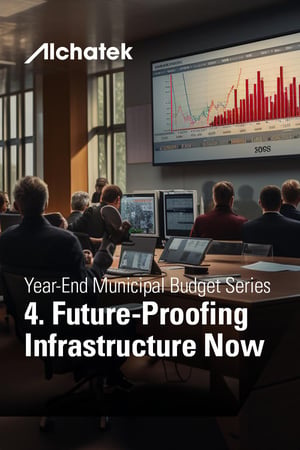
 Proactive budget planning is essential, especially as the fiscal year nears its end, for sustainable city growth. Advanced leak sealing demonstrates an impactful way to utilize end-of-year budgets. Strategic spending can yield long-term municipal benefits through enhanced infrastructure integrity. Forward-thinking budget optimization, aided by innovative repair and maintenance solutions, is key for sustainable, resilient growth.
Proactive budget planning is essential, especially as the fiscal year nears its end, for sustainable city growth. Advanced leak sealing demonstrates an impactful way to utilize end-of-year budgets. Strategic spending can yield long-term municipal benefits through enhanced infrastructure integrity. Forward-thinking budget optimization, aided by innovative repair and maintenance solutions, is key for sustainable, resilient growth.
Unlocking Long-Term Benefits with Year-End Spending
Leak seal repairs, particularly those carried out using polyurethane grout, offer a range of long-term advantages that resonate well beyond the immediate budget allocation. Here's a closer look at these enduring benefits:
- Infrastructure Longevity: Leak seal repairs not only resolve immediate issues but also significantly extend the lifespan of critical infrastructure. This reduces the frequency of repairs and minimizes the need for costly replacements, creating lasting value for municipal budgets.
- Cost Savings: Addressing leaks promptly leads to substantial savings in water treatment costs, as previously discussed. Additionally, the avoidance of emergency repairs and infrastructure failures translates into significant financial savings over time, reinforcing the value of year-end spending on infrastructure.
- Environmental Impact: Leak seal repairs play a pivotal role in environmental sustainability by minimizing the release of untreated wastewater into the environment. This aligns with the goal of creating resilient cities that can withstand environmental challenges.
Resilient Cities and Year-End Spending
Strategic spending at year-end can significantly contribute to a city's resilience. Resilient cities are better equipped to withstand and recover from various challenges, including infrastructure issues and environmental challenges. Here's how year-end budget allocation plays a pivotal role in building resilience:
- Prioritizing Critical Infrastructure: Allocating year-end funds for leak seal repairs and other infrastructure maintenance projects ensures that essential systems remain operational during adverse conditions. This resilience is essential for public health, safety, and economic stability.
- Reducing Vulnerabilities: Proactive budget planning allows cities to address vulnerabilities in their infrastructure before they escalate into major problems. By investing in infrastructure resilience at this crucial time, municipalities can minimize the impact of disasters and emergencies.
- Sustainable Growth: Resilient cities are more attractive to businesses and residents, fostering economic growth and development. Strategic year-end budget allocation supports sustainable planning and the creation of livable, vibrant communities.
Key Takeaways
Future-proofing cities requires a focused approach to year-end budget allocation that considers the long-term benefits of infrastructure repairs, the connection between year-end spending and resilience, and proactive year-end budget planning. By investing wisely in infrastructure, you pave the way for sustainable growth and a brighter future for all residents.



